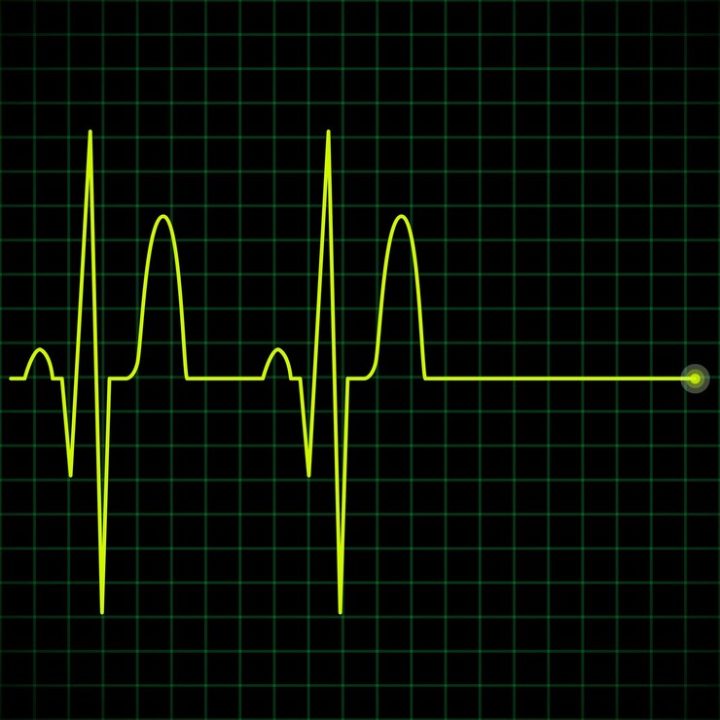Learning ACLS (Advanced Cardiovascular Life Support) can be intimidating—especially if interpreting EKGs feels like reading a foreign language. The good news? You don’t need to be an expert to recognize and respond to the most critical rhythms. Here’s how to build confidence with ACLS rhythms, even if EKGs aren’t your strength.
1. Start with the Big Four Rhythms
Focus on the rhythms that show up most in ACLS scenarios:
- Asystole – Flat line, no electrical activity.
- Pulseless Electrical Activity (PEA) – Organized rhythm, no pulse.
- Ventricular Fibrillation (V-Fib) – Chaotic, irregular waves.
- Ventricular Tachycardia (V-Tach) – Fast, wide QRS complexes.
Mastering these will cover the majority of high-stakes ACLS cases.
2. Learn to Recognize Patterns, Not Details
You don’t have to interpret every wave. Train your eyes to look for:
- Regularity (Are the beats evenly spaced?)
- Rate (Fast or slow?)
- QRS width (Narrow = above ventricles; wide = ventricles)
- P waves (Present or absent?)
Think “big picture,” not textbook-perfect analysis.
3. Use Mnemonics and Color-Coding
Simple memory tools can make rhythm recognition easier:
- “If it’s wide and fast, shock it!”
- “Dead rhythms don’t have a pulse.”
Use flashcards or colored EKG strips to visually link patterns and rhythms.
4. Practice with Realistic Scenarios
Simulation apps and case-based videos can help you associate rhythms with clinical decisions. Try online ACLS prep tools that show rhythm strips alongside symptoms and interventions.
5. Stick with It—Repetition Is Key
The more rhythm strips you review, the better you’ll get. Set a goal: review 5 strips a day. Over time, you’ll start to notice subtle differences automatically.
Bottom Line
You don’t need to be a cardiologist to pass ACLS or save a life. With the right strategies and consistent practice, anyone can get comfortable with EKGs. Focus on patterns, repetition, and the rhythms that matter most.


